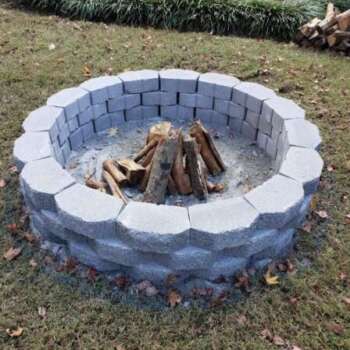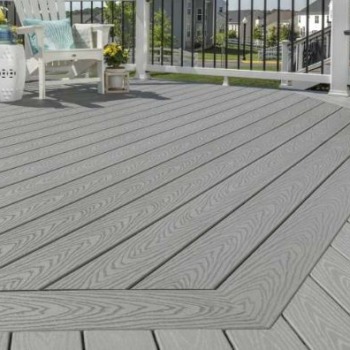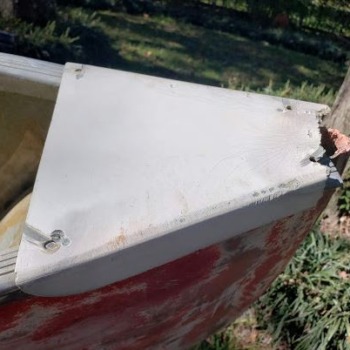Pretty much everything we do is DIY, so why not give well drilling a try…
There are a lot of websites and videos out there that are worth reading/watching if you’re thinking of trying it yourself. We read and watched dozens and thought we had a solid plan. Here are some questions and tips we ran into and learned along the way on drilling our shallow sandpoint well.
How Deep Should You Drill Your Well
The answer depends on one thing; what are you using the water for. If you’re just going to water the lawn, wash cars, etc (not drink it), you’ll just have to hit the groundwater level. Shallow wells are 25 feet or less in depth with the goal of hitting water saturated sand or gravel. If you’re using it as your primary water supply, you’ll have to go pretty deep. Deep wells can be 26′ to 800’+ feet deep and tap into an acquifer.
How To Find Out The Depth You’ll Need To Drill To Hit Groundwater
Since groundwater levels aren’t the same in all localities, it’s good to ask around to see how deep other people had to drill. Butmake sure you follow up with solid data afterward, just to confirm. Using the data from the USGS site, we learned that we didn’t need to drill as deep as our neighbors did. Here’s link to the USGS site for your state:https://waterdata.usgs.gov/wv/nwis/current/?type=gw
Where To Put Your Well
Aside from all the other criteria (your locality’s ordinances, away from septic tanks, etc), you’ll need access to electricity if you’ll be using a well pump. That’ll mean trenching, running conduit and wire. Will there be tree roots, structures or a driveway in the way? We needed the well for the garden, so we wanted to locate the well further back but ended up only going half the distance because of all the trenching and tree roots.
What Size Pipes To Use
Local ordinances might require specific installation. Also figure out what type of well pump you want to get. If you’re just wanting a simple irrigation well, 1 1/4″ pipe along with a jet pump will be fine.
What Types Of Soil To Expect
We hit a bunch of different layers. Knowing what you should be seeing coming up while drilling is a good way to gauge your depth and whether you’re getting close to the groundwater level. To view a soil survery for your area: visithttps://soilseries.sc.egov.usda.gov/osdquery.aspx
To run the report:
- Select theSoil Survey Regional Office nearest you.
- Select your state inState(s) Having Type Location
- Select your state inState(s) Using
- Click Submit
- Scroll through the results to find your locality then click on the View xxx Description to view soil survey data for your region
How To Know When You’ve Hit Water
We weren’t really clear on this part. So we kept drilling; and didn’t need to. For a shallow well, you’re drilling for a depth where there is groundwater saturation. While drilling, we were initially seeing a lot of clay come up. Then thick yellow/rust sand came up. Then thick dark brown sand came up. All the while, drilling went on pretty consistently at about a foot every few minutes. When we hit the dark brown sand, drilling was a little more difficult and slower. Then grayish sand started coming up. Drilling was a lot easier and faster. The sand was a watery slurry instead of the thick sludge we had been seeing. We figured we’d keep drilling until we started seeing a lot more water and a lot less sand, but just kept getting a thin watery mix of sand. We had hit the groundwater level, duh.
You’ve Hit The Groundwater Level But Should You Go A Little Deeper?
Actually, this section should have been titled “How To Test If You’re Deep Enough”. Once we realized we hit the right depth, we needed to test the water flow rate it before sealing everything up just in case we needed to go down a little further. Since we were using a 1 1/4″ sand well point, we wanted to see 1-3 gallons of water per minute. We attached a manual siphon pump to our pipe and tested how many times we could fill a gallon bucket in one minute.




